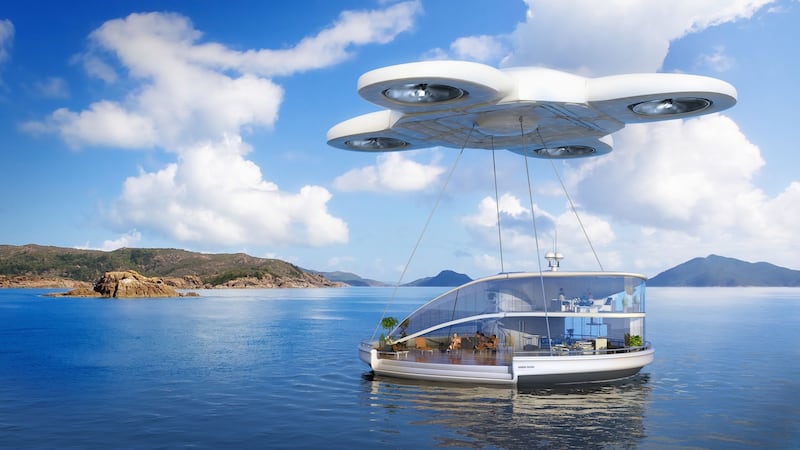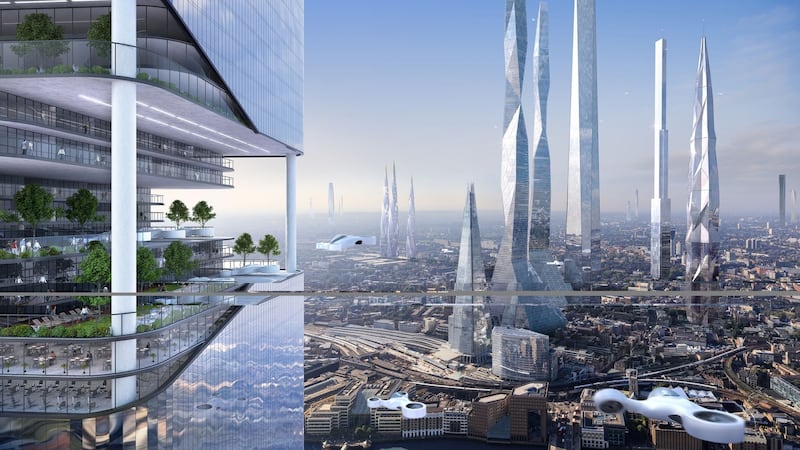Super skyscrapers, underwater cities and 3D-printed homes will all be a reality in 100 years’ time, according to a new report on life in the future.
The SmartThings Future Living Report, which was commissioned by Samsung-owned internet of things firm SmartThings, was created by a group of academics and futurologists who suggest that in a century’s time humans will be able to live in "Earth-scrapers", which will go up to 25 storeys underground.
The academics, which include future architects and urbanists as well as lecturers from the University of Westminster, suggest that “bubble cities” will be created underwater making the depths habitable for humans.They also believe personal drones will become a staple mode of transport, as well as being used as futuristic “mules” to carry entire homes around the world for holidays.


Space scientist Dr Maggie Aderin-Pocock, who co-authored the report, said: “Our lives today are almost unrecognisable from those a century ago. The internet has revolutionised the way we communicate, learn and control our lives.
“Over the next century we will witness further seismic shifts in the way we live and interact with our surroundings.”
The report also suggested that not only will furniture within homes become 3D-printed, but replicas of entire houses and structures could be printed. In the workplace, holograms will enable virtual meetings to take place.
3D-printing food — something already possible today — will also become smarter, with the ability to download dishes from our favourite chefs and print them, ready to eat, in minutes.
The colonisation of the Moon and then Mars will also have taken place, with commercial flights into space now a regular occurrence, alongside smarter homes that will be able to house LED screen walls that can be changed to suit the mood, removing the need to redecorate.
SmartThings UK managing director James Monighan said: "The smartphone revolution is already ushering in the smart home revolution, which will have massively positive implications on how we live. Our homes are becoming smarter and can now detect the presence of things like people, pets, smoke, humidity, lighting and moisture. And this is just the beginning."
PA










